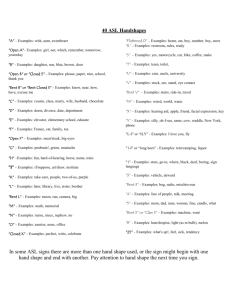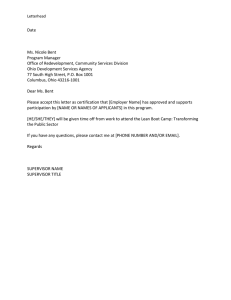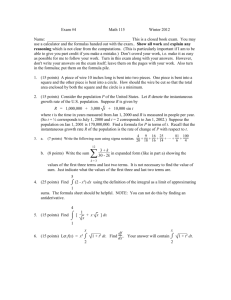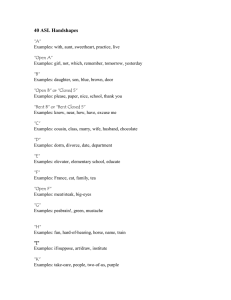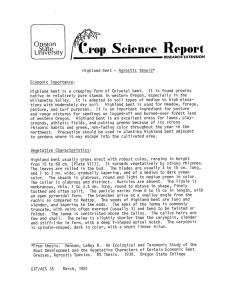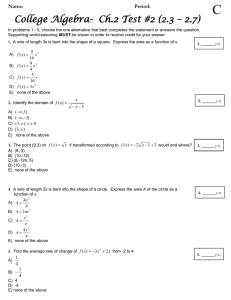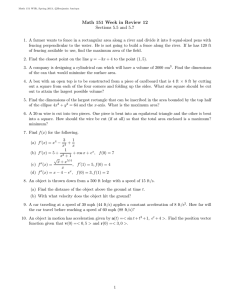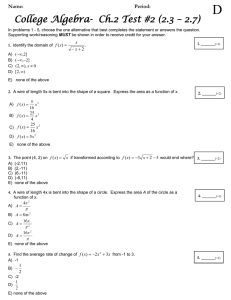Science Report rop Ore on Sta e
advertisement
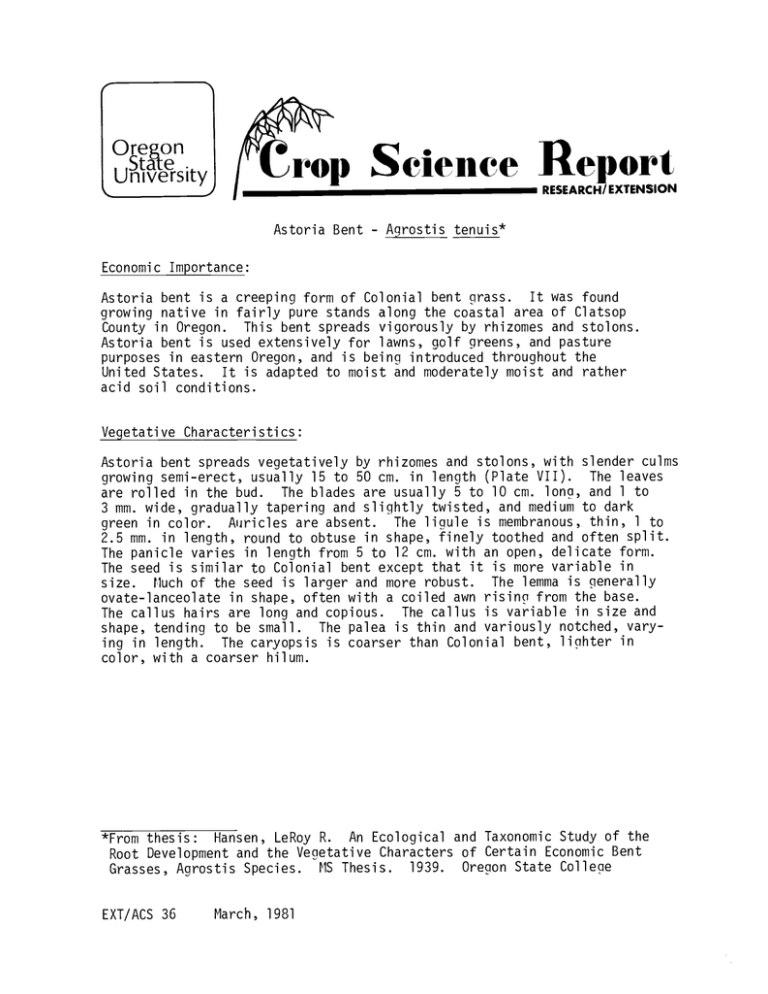
Ore on rop Science Report Sta e University . RESEARCH/ EXTENSION Astoria Bent - Agrostis tenuis* Economic Importance: It was found Astoria bent is a creeping form of Colonial bent grass. growing native in fairly pure stands along the coastal area of Clatsop This bent spreads vigorously by rhizomes and stolons. County in Oregon. Astoria bent is used extensively for lawns, golf greens, and pasture purposes in eastern Oregon, and is being introduced throughout the It is adapted to moist and moderately moist and rather United States. acid soil conditions. Vegetative Characteristics: Astoria bent spreads vegetatively by rhizomes and stolons, with slender culms The leaves growing semi-erect, usually 15 to 50 cm. in length (Plate VII). The blades are usually 5 to 10 cm. long, and 1 to are rolled in the bud. 3 mm. wide, gradually tapering and slightly twisted, and medium to dark The ligule is membranous, thin, 1 to Auricles are absent. green in color. 2.5 mm. in length, round to obtuse in shape, finely toothed and often split. The panicle varies in length from 5 to 12 cm. with an open, delicate form. The seed is similar to Colonial bent except that it is more variable in The lemma is generally Much of the seed is larger and more robust. size. ovate-lanceolate in shape, often with a coiled awn rising from the base. The callus is variable in size and The callus hairs are long and copious. The palea is thin and variously notched, varyshape, tending to be small. The caryopsis is coarser than Colonial bent, lighter in ing in length. color, with a coarser hilum. An Ecological and Taxonomic Study of the *From thesis: Hansen, LeRoy R. Root Development and the Vegetative Characters of Certain Economic Bent Oregon State College 1939. MS Thesis. Grasses, Agrostis Species. EXT/ACS 36 March, 1981 Plate VII., Astoria Bent Grass (Ar'.rostis tenuis var. astoriana). Plant x Nat., ligule x 10, spikelet, floret, and caryopsis x 30.
